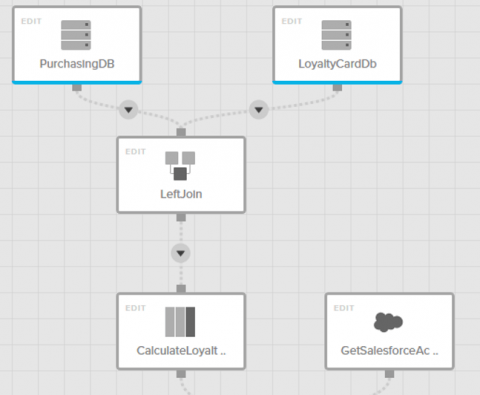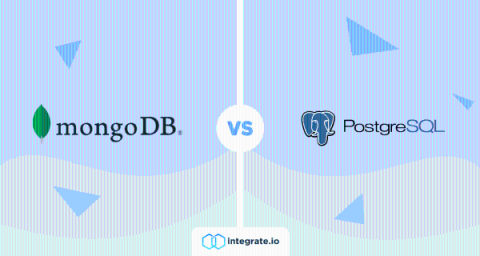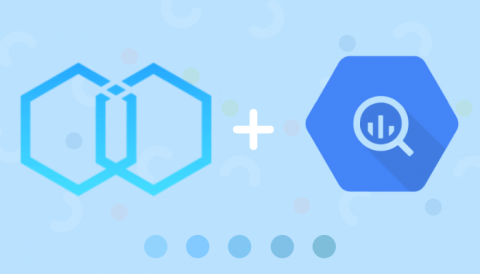Data Lake vs Data Warehouse: 7 Critical Differences
Here are seven key differences between data lakes vs data warehouses: A lot of terms get thrown around in the big data space that every business should understand. Many of these terms are easily confused with each other. This is the case with data lakes vs data warehouses. What are some of the most important differences between them, and how can your business use them most effectively for data analytics and data management? Read on to learn the differences between data lakes and data warehouses.





